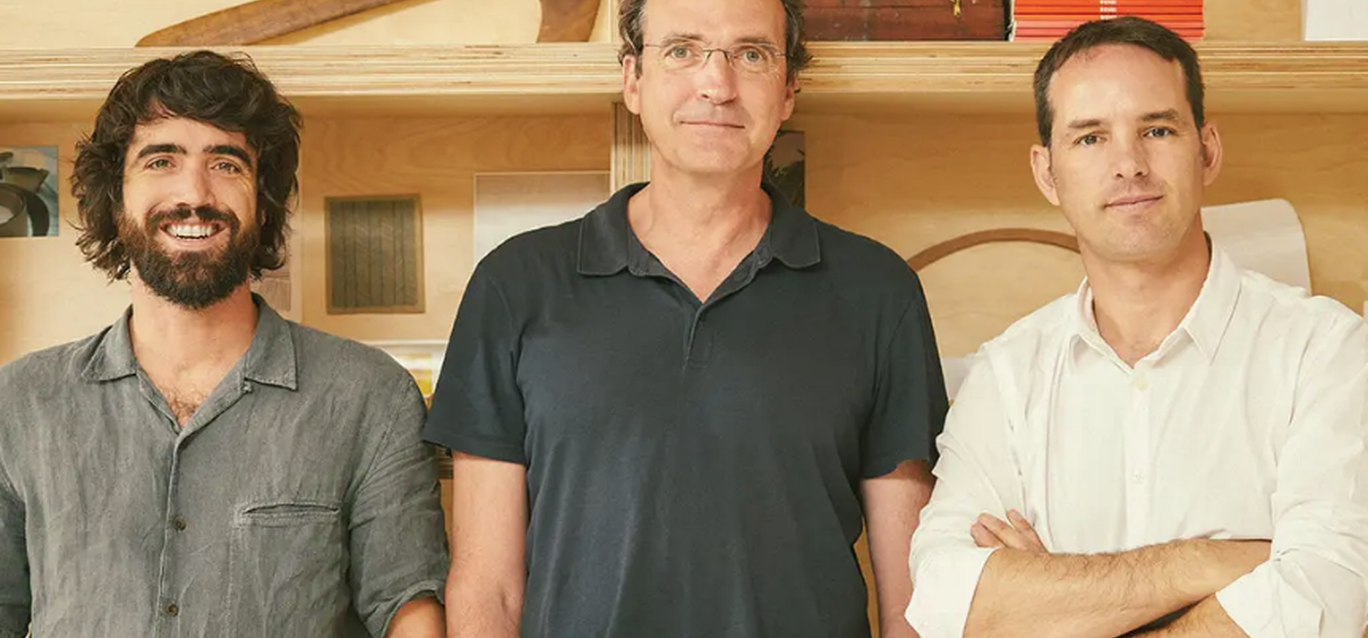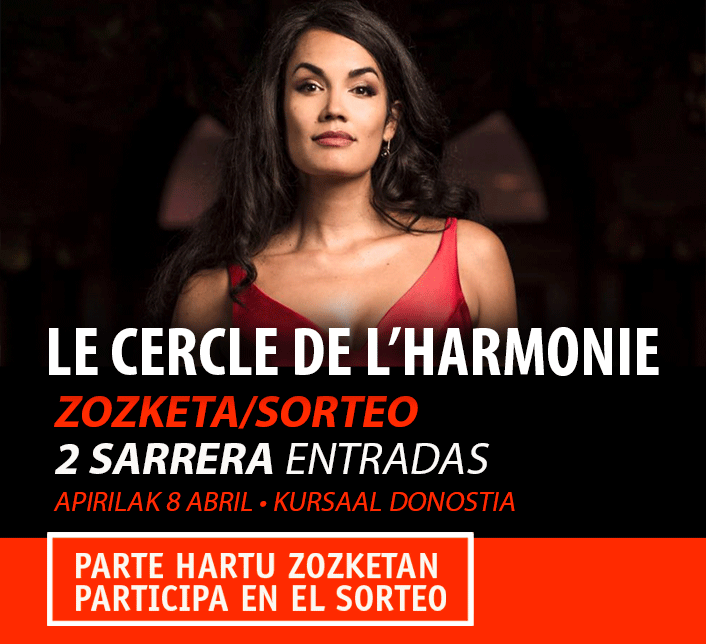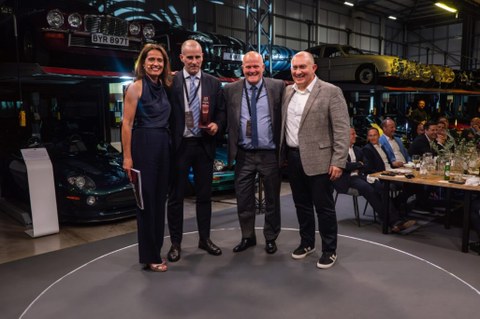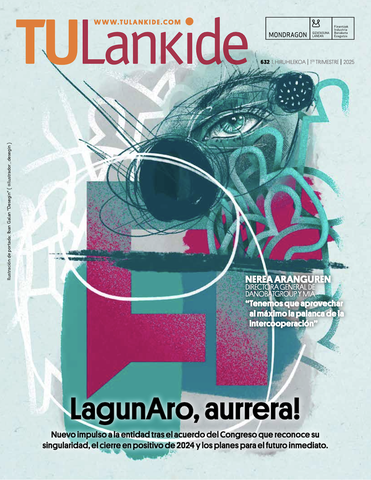

“Good design is sustainable by definition”
How did you discover your vocation as a designer?
I grew up in a family of artisans. My father, a cabinetmaker, made useful and beautiful furniture, and my mother, a florist, created compositions that, due to their harmony and beauty, were exciting. I grew up in that atmosphere and I learned by trying to imitate my parents, who were my main references.
Nowadays, I continue their legacy, to which masters, experiences and learnings have joined. All that defined my professional career as a designer.
And, what are your inspiration sources?
I am inspired by what surrounds me, by experience, by memories, by forgetfulness, by looking, seeing and following my intuition. Usually, things occur as I work with my hands, play and see what occurs with matter when I handle it.
Working with any material implies learning and subsequent knowledge.
How would you define your style?
Although our work is developed with a future view, the references of the past are very present. I mean, in the studio we look for the timelessness in our proposals so they can last over time and the lifetime of the products can be extended as much as possible.
“Although our work is developed with a future view, the references of the past are very present”
I would like to add that the style is related to the attitude when approaching a project. In our case, empathy towards the client or the brand allows us to listen a lot and carefully to their needs, as well as notice what their capabilities are to be able to satisfy the market demand with an adequate proposal that goes in line with the brand.
To have that attitude, the relationship with brands has to be very close …
This is necessary to establish a fluid and continuous dialogue with the client, a channel through which proposals and counter-proposals happen to manufacture a product that solves a certain problem, by incorporating the brand’s attributes and providing the differentiation from competitors.
Throughout this process, the personalities of the custormer and the studio emerge naturally. The sum of both is enriching and generates a satisfactory result: a unique final product with its own personality.
Previously, you defined your style as timeless and lasting. For that, is it necessary to take into account the different cultural identities?
From the particular to the general, it is important to consider the shared values, the universal culture, the collective memory that makes it very easy to understand our proposals at a global level.
How do you approach each project?
When someone orders a project, they are placing their trust in us and our capacity. This cheers us up and encourages us.
As I said before, the comfort in the process and the subsequent good final result depend to a great extent on the synchrony between client and designers. My experience confirms that: the more harmonious the relationship is, the better results are obtained.
Currently, sustainability is on everyone’s lips. What role does it play in your designs?
Sustainability is one of the attributes that must play a leading role in good design; good design is sustainable by definition.
These two concepts have always gone hand-to-hand. Good design is the best possible solution to a problem, and it can’t have negative consequences for either the closest or the global environment.
You have collaborated with Enea since 2008, at the beginning with Lievore Altherr Molina, and currently at Estudi Manel Molina. How have you felt all these years?
Working with Enea has given us the possibility of working directly with the industry, with highly specialized manufacturers. Knowing and working on industrial processes in person has been valuable and enriching learning for us.
The balance of this long-lasting and excellent professional relationship is very positive.















